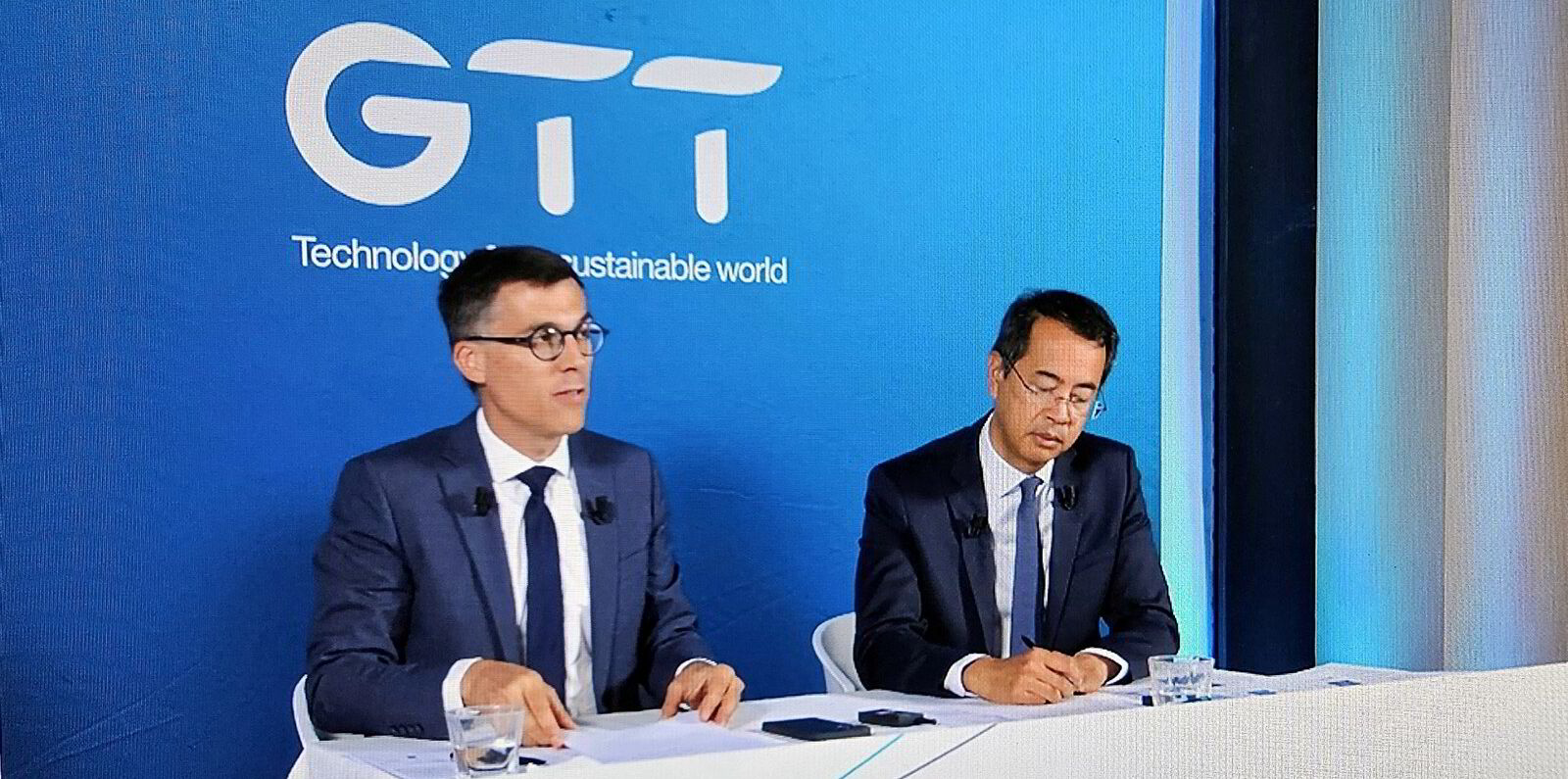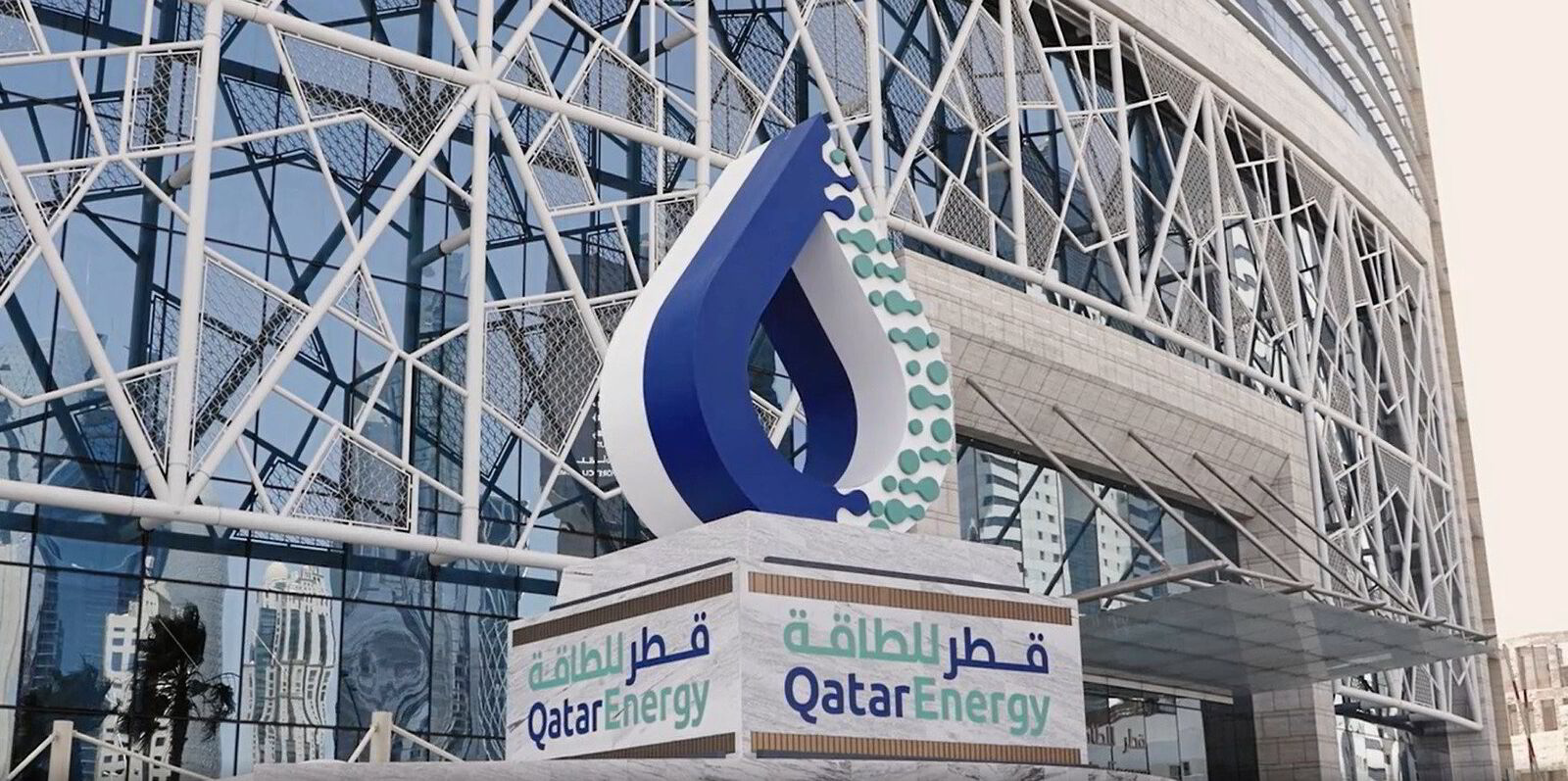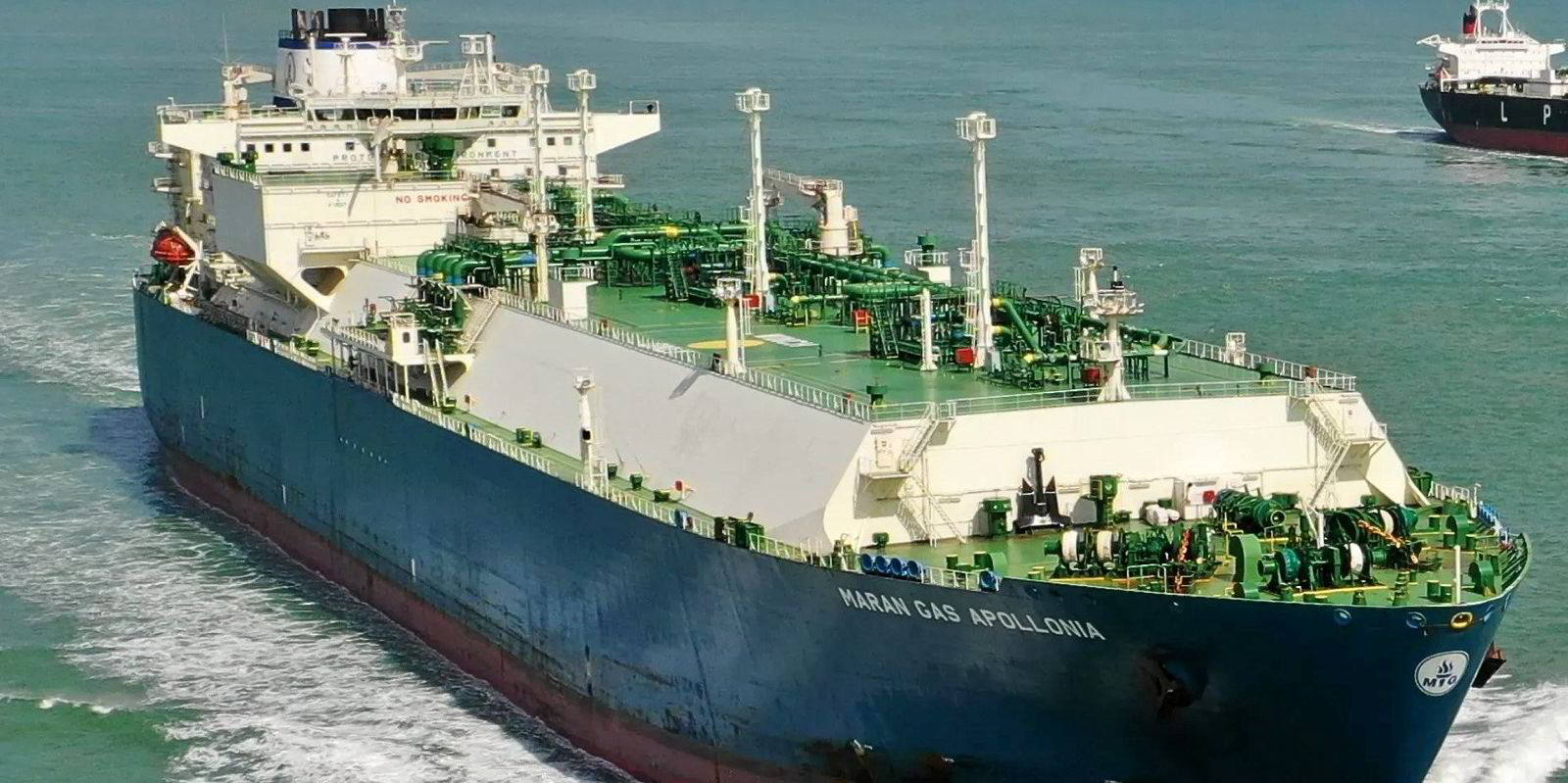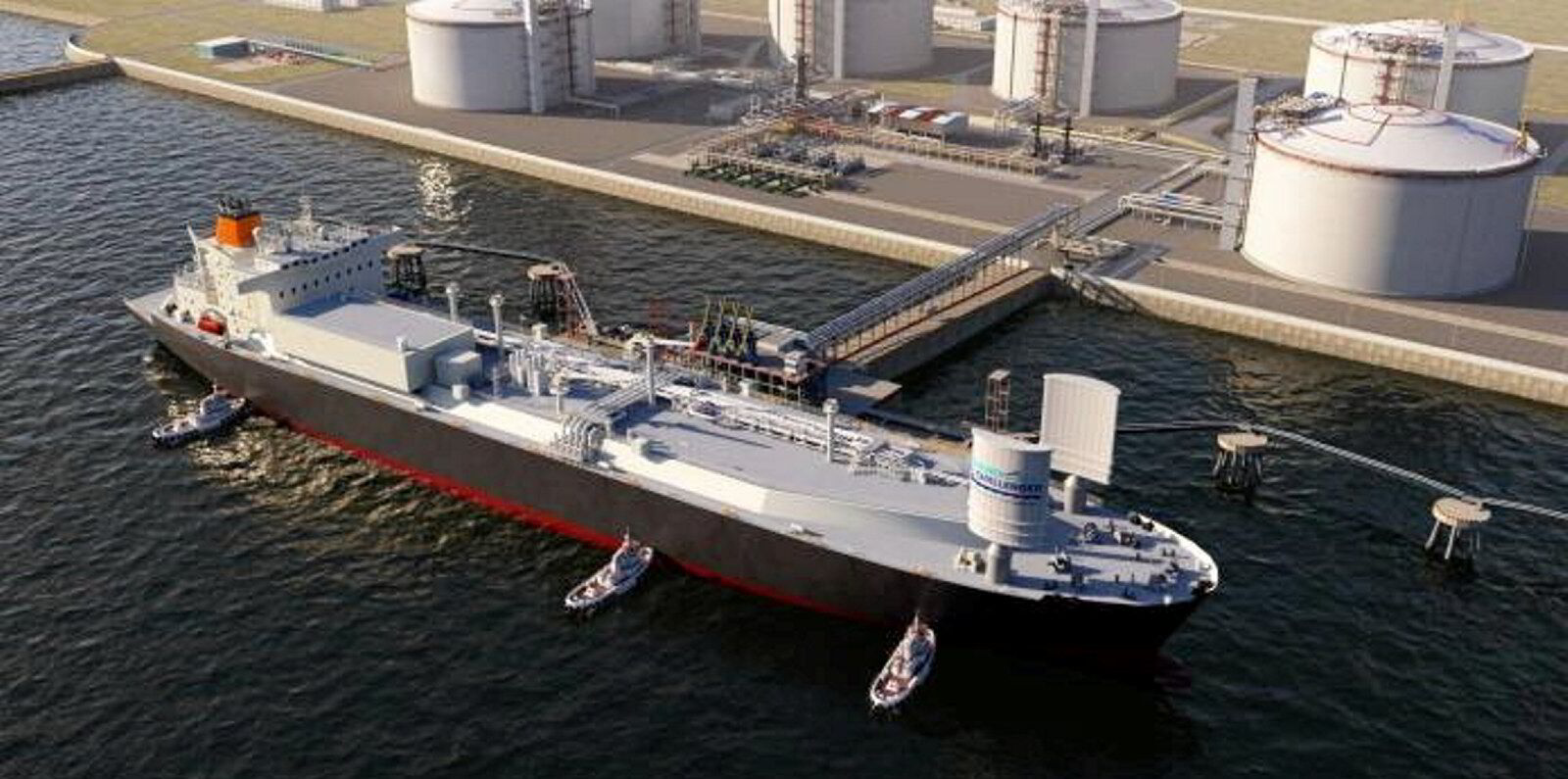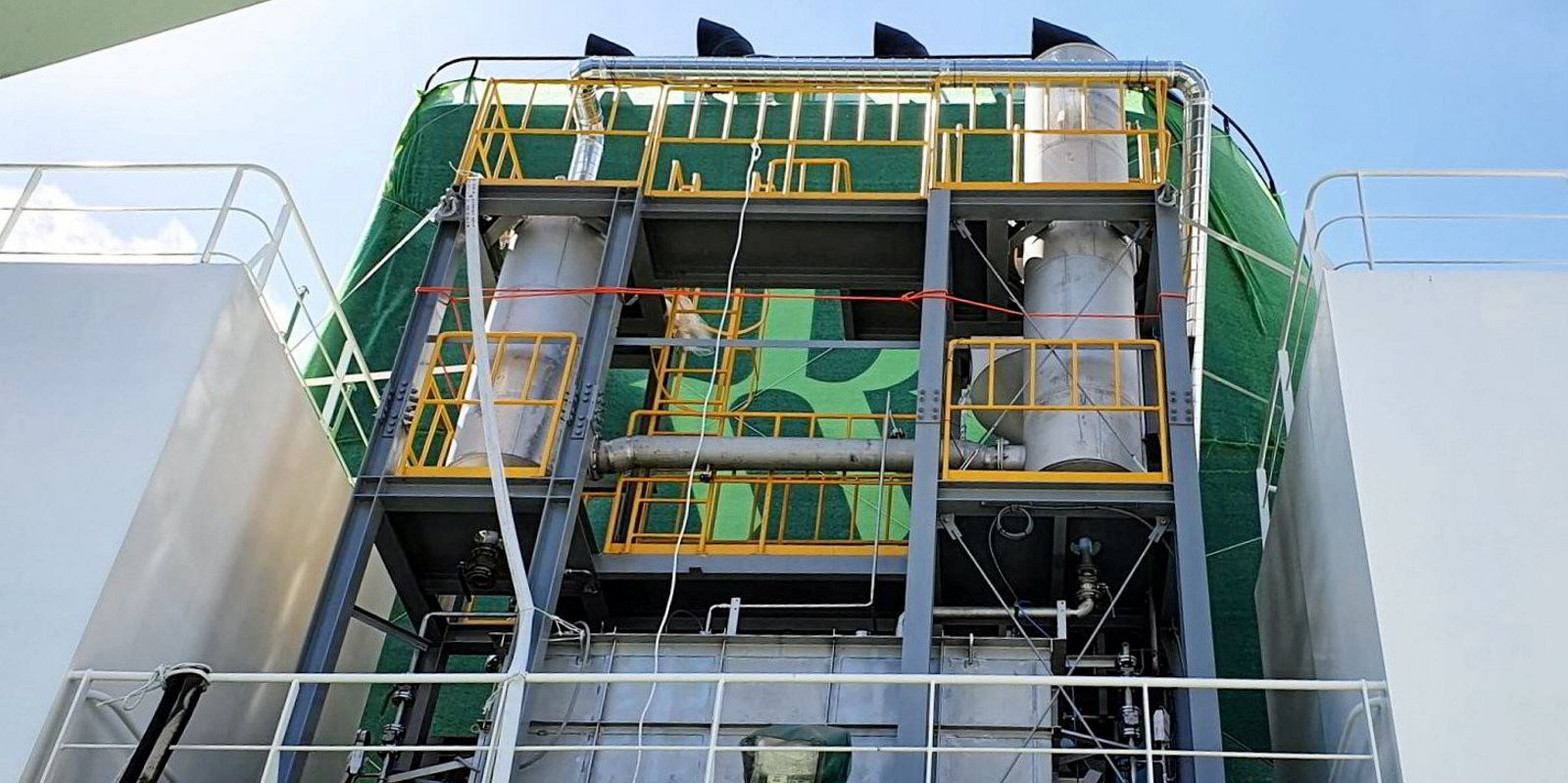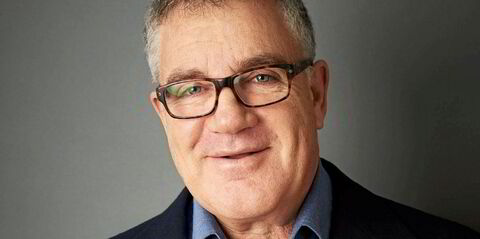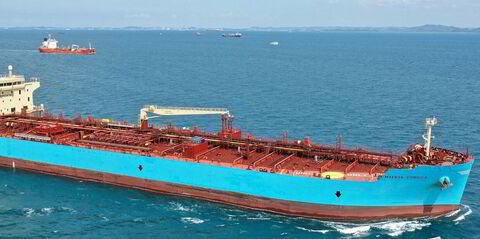LNG carriers are multiplying, with the global fleet of large existing and on-order vessels now topping the 1,050 mark, and sailing past the 979 ships making up the large tanker fleet of VLCCs and ULCCs.
Two additional record delivery years of more than 80 ships beckon in both 2025 and 2026, with industry players forecasting a steady flow of orders up to the end of the decade and beyond.
But this is meant to be an energy industry in transition and just as the future of the large tanker sector is coming under scrutiny similar questions are also being asked about how the LNG fleet will evolve.
Shipbrokers tend to shy away from looking longer term, citing the lack of visibility.
Ina Bjorkum Arneson, Fearnleys adviser for LNG shipping markets, said forecasters appear to show a consensus that there will be about 670m tonnes per annum of LNG demand by 2035.
She said in one base case scenario the brokerage is studying, it projects the LNG carrier fleet will exceed 1,200 vessels by the end of 2035.
“With increased distances and tonne-mile demand, more ships will be needed per new tonne of liquefaction than what we have seen historically,” she explained.
Panos Mitrou, global gas director at Lloyd’s Register, who has also been instrumental in the development of the Methane Abatement in Maritime Industry Initiative, believes the industry needs a bolder view, particularly if gas is going to replace coal.
Mitrou said the ambition for the market should be 3,000 LNG carriers serving a 1bn tonnes per annum trade — a huge jump on today’s trade of 400 mtpa.
He justifies the expansion by saying that buyers, particularly those in developing nations, cannot be expected to rely on a small value chain that can be bottlenecked at any time.
He cites how European buyers jumped on energy infrastructure, such as floating storage and regasification units, following Russia’s invasion of Ukraine in 2022, depriving emerging projects elsewhere.
So, if LNG carriers are here to stay for at least another generation of vessels, what will they need to look like as the shipping industry strives to decarbonise?
Mitrou gets straight to it, calling for the LNG carrier of 2035 to be “larger in size, slower in speed, methane-proof and carbon capture-capable”. But he started with “let’s rethink speed and size”.

He said the industry needs to open its mind to the concept of LNG carriers of between 200,000 cbm and 220,000 cbm with speeds optimised at about 16 to 17 knots rather than 19.5 knots.
Mitrou said carbon emissions per cargo would be lower even though a larger ship would cost more to build.
Mitrou also believes the future will see LNG carriers of the current 174,000-cbm workhorse size being able to fit more cargo in the same hull.
He highlighted Shell’s hybrid propulsion concept, where using smaller machinery will allow for an increase in cargo space to 187,000 cbm within the same dimensions as an existing standard vessel.
Twin thinking
LNG cargo containment designer GTT has similar thoughts.
For unit freight cost (UFC) considerations and CO2 per tonne transported, a move to larger capacities should be considered, the company said, similarly asking if the LNG shipping sector really needs service speeds of 19.5 knots.
“It is possible to transport the same quantity of LNG at slower speeds with higher capacities,” it said. “The UFC will be unchanged or even improved thanks to lower consumption and CO2 emissions will be reduced at the lower speeds.”
A major evolution in engine performance and vessel design is not on the horizon in the short term, so slower speeds could be the answer to reduce emissions, GTT added.
On containment systems, there is a trade-off to be considered.
GTT said the debate is on whether today’s standard membrane-type system, with a guaranteed cargo boil-off rate (BOR) of 0.085% of tank volume per day, is sufficient.
The company said an onboard reliquefaction unit is required when the vessel is operating at speeds of about 17 knots and this in turn has inherent inefficiencies in that it will consume energy.
“With larger capacities and slower speeds, a ‘passive’ [guaranteed by the designer] BOR of 0.07 per day or less will be required,” the company said, adding that two new designs — Mark III Flex+ and Next 1 — have been designed to address this.
“The aim is to have a guaranteed BOR from the tank designer meeting the energy requirements for the actual service speed.” Improvements may also be possible to the onboard reliquefaction unit, GTT added.
Mitrou believes GTT’s new Next 1 cargo containment system, which will be built with two metallic barriers, is the way forward.
With the new system, there should be practically no secondary barrier issues, which will avoid the risks and huge costs associated with repairing tanks, as seen with some Mark III tanks.
Seung-Ho Jeon, HD Hyundai Heavy Industries senior executive vice president and chief technology officer, said that advancements in new materials for membrane-type cargo tanks are expected to enhance the cryogenic insulation performance of LNG cargo holds, thereby reducing the cargo BOR.
He also foresees the development and application of high-performance boil-off gas reliquefaction equipment.

Jeon said the shipbuilder is also reviewing the option to move to three LNG cargo tanks from the standard four-tank design.
But he said the shipowner’s preference may vary due to concerns about sloshing and increased cargo loading and unloading time, so it is necessary to take time to observe the market trends.
Saving energy
As with other sectors, owners of LNG carriers are looking at energy-saving technologies for their vessels.
The HD HHI technology chief said: “The added value of products enhancing ship fuel efficiency is expected to rise as fuel prices may increase due to stricter environmental regulation and associated penalties.”
He said that, as a consequence, the installation rates of energy-saving devices, air lubrication systems, shaft generators and rotor sails are on the rise and are expected to become standard features on LNG carriers in future to improve their operational efficiencies.
In August, Japan’s Mitsui OSK Lines announced that it is working with South Korean shipbuilder Hanwha Ocean on the detailed design work to install MOL’s Wind Challenger telescopic sails on board an LNG carrier newbuilding.
Jeon said the proportion of ships using digital solutions to enable intelligent navigation, unmanned engine rooms, and improved operational safety and efficiency to facilitate the remote control of vessels will also rise.
But GTT said insufficient progress has been made in incorporating decision and operational guidance systems on board LNG carriers, which can help captains determine the best route, speed and the optimal use of onboard equipment.
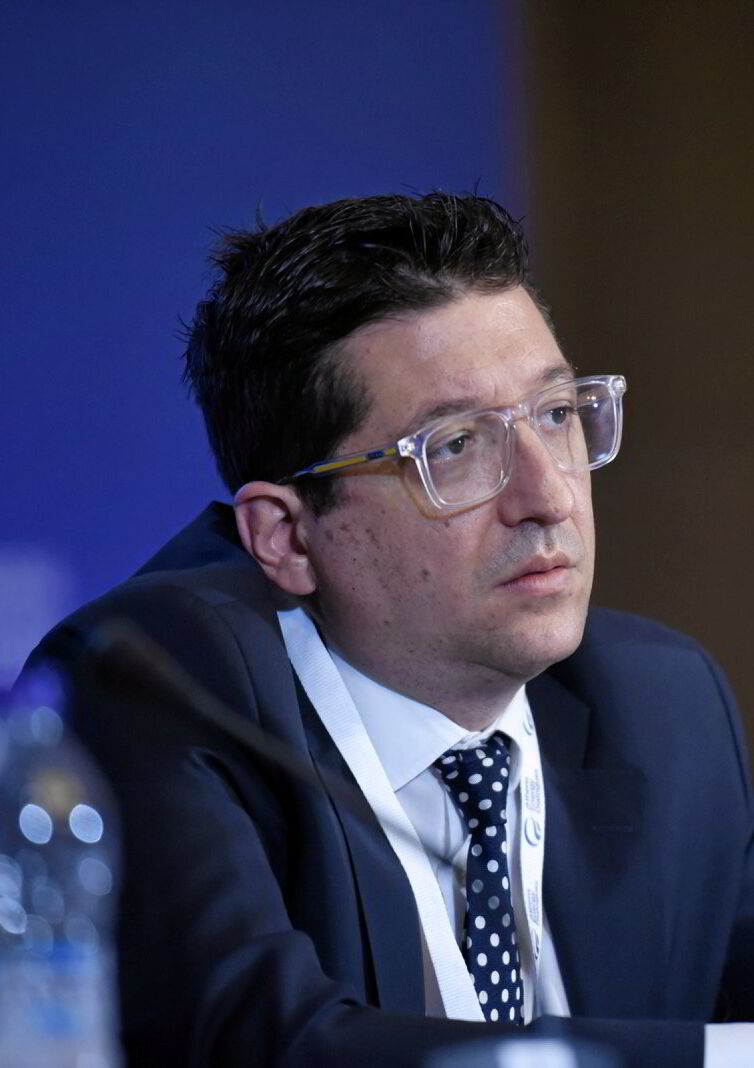
Methane performance will also be key for the LNG carrier sector to decarbonise.
Mitrou said that, at present, sensor technology exists that can be put on board to identify leaks.
Methane slip from propulsion systems also needs to be addressed, the LR gas chief said, either by abatement or improved engine technology.
HD HHI’s Jeon said the mixed use of eco-friendly fuels, including bio-LNG and e-LNG, is expected to be considered in about 2035 and a dedicated storage tank and fuel supply system could be needed for these eco-friendly fuels.
By around 2050, he said advancements in electric propulsion technologies, including engines and fuel cells, are expected to accelerate.
For LNG carriers in the future, there will be access to bio-LNG or e-LNG, Mitrou said, but the most efficient way will be onboard carbon capture and storage (CCS).
No brainer
All the commentators TradeWinds contacted spoke about the role onboard CCS is set to play for the next generation of LNG carriers.
Mitrou said whereas today’s onboard CCS technology might leave shipowners concerned that they are introducing chemical processes on their vessels, new technologies are set to emerge that will be simpler and easier to apply.
“We see a cost decrease on the capturing technology coming down by 70% over the next 10 years,” he said.
Even when this new equipment emerges it will still be vital to reduce the amount of CO2 needing to be processed, he said, so simplicity and efficiency are key for onboard CCS.
Mitrou said the key competitive element for the LNG sector is that some of the major producers will be in a position to sequester CO2. If the LNG loading terminal is also a CO2 receiving terminal, then onboarding a CCS application would be very relevant,” he explained.
“The onboard carbon capture system can be considered as one of the transitional technologies for achieving 2050 net zero, with demand anticipated to grow alongside the development of CO2 processing infrastructure,” Jeon said.
But he said the limited space on board a ship and the challenge of ensuring economic feasibility, compared with land-based carbon capture systems, will present challenges.

